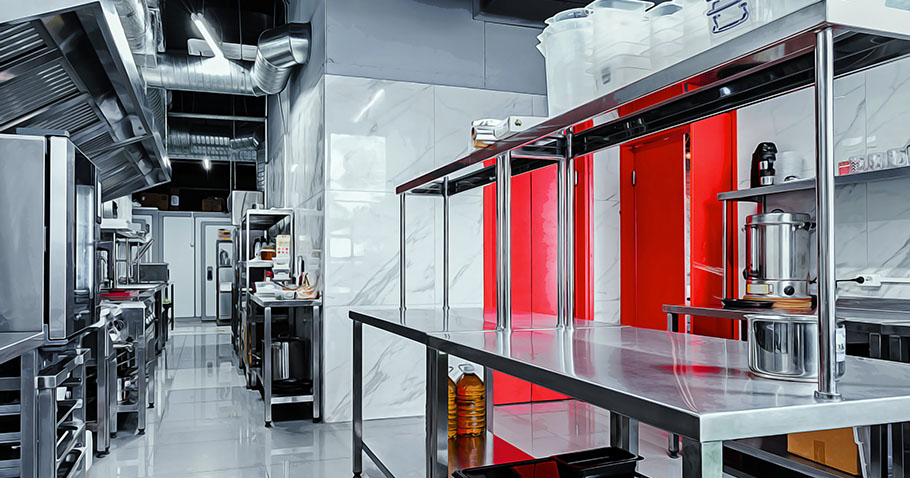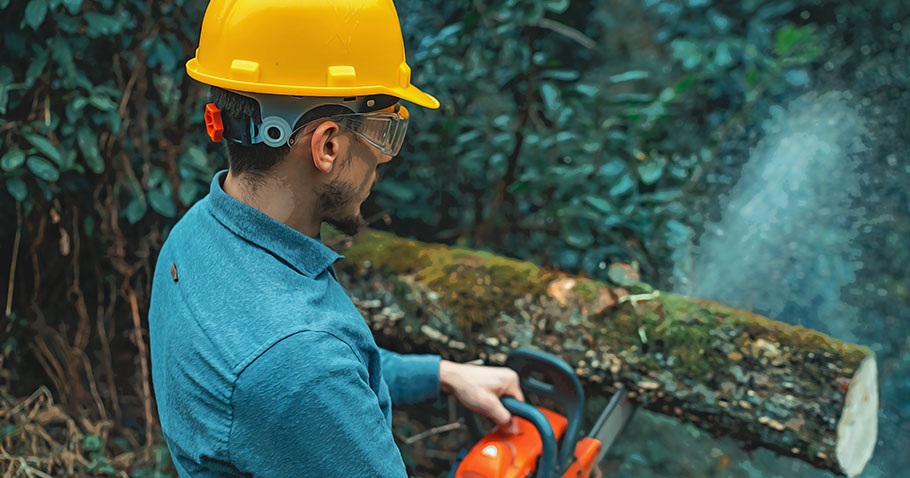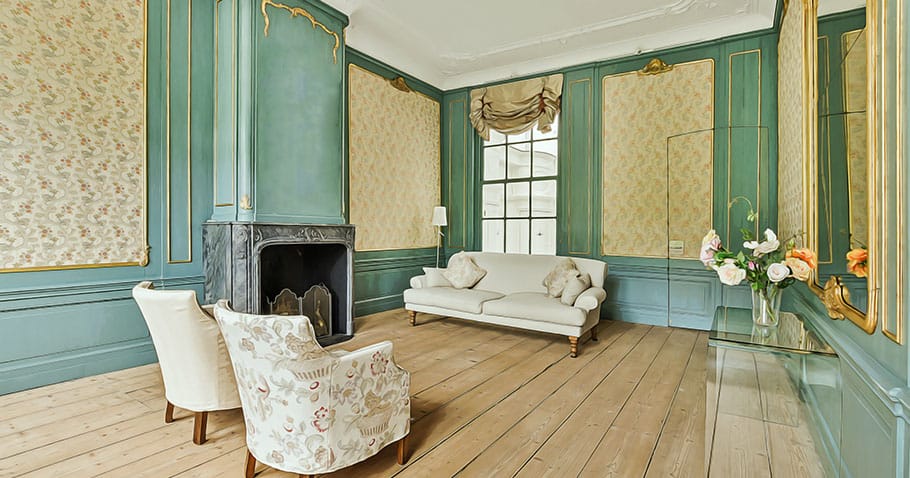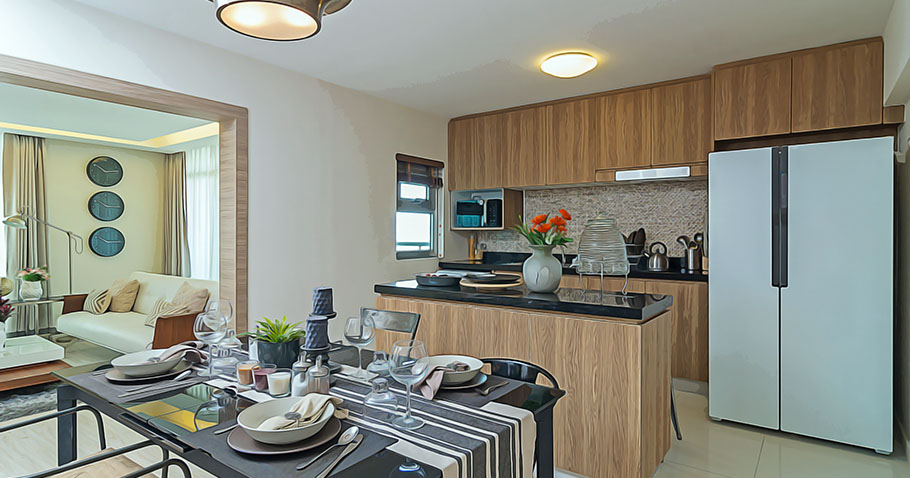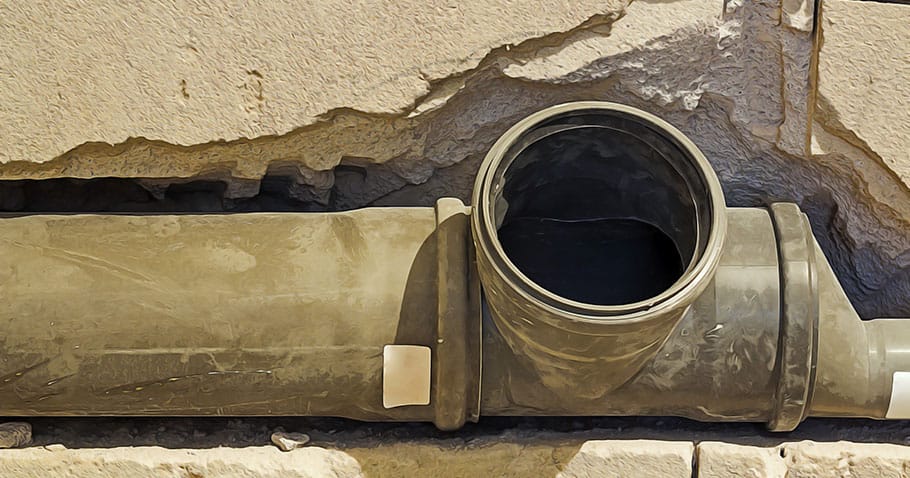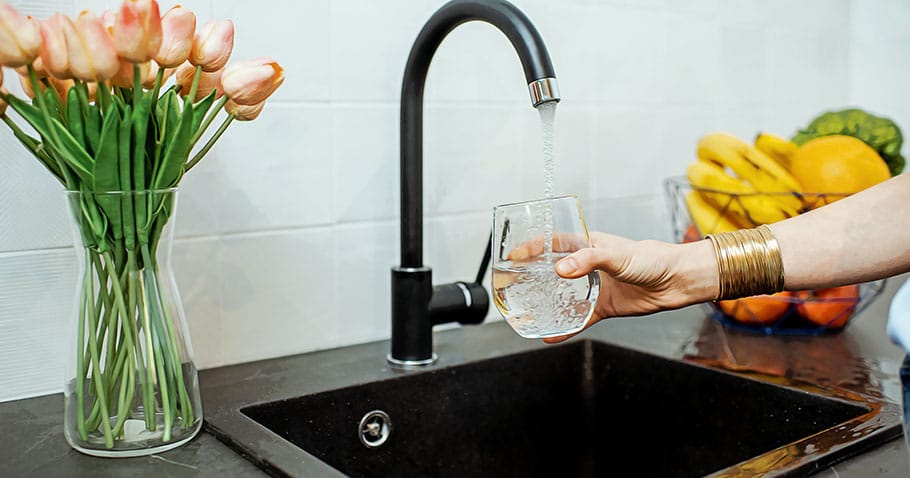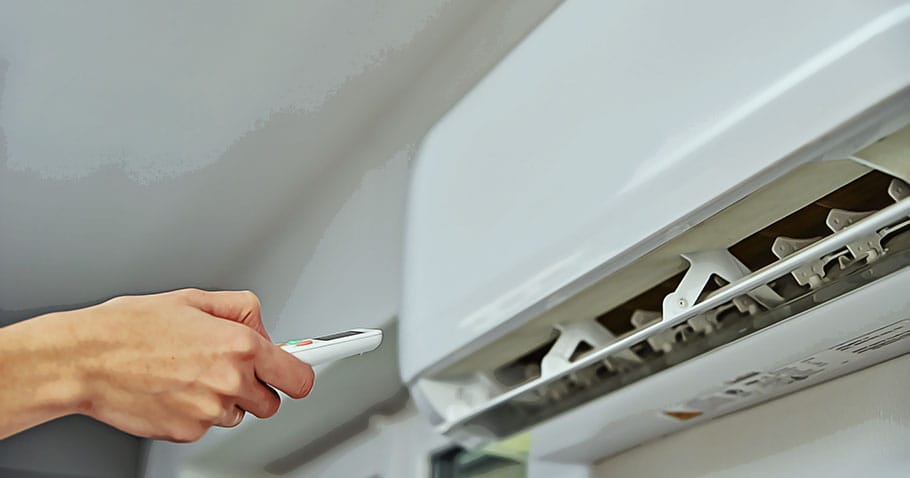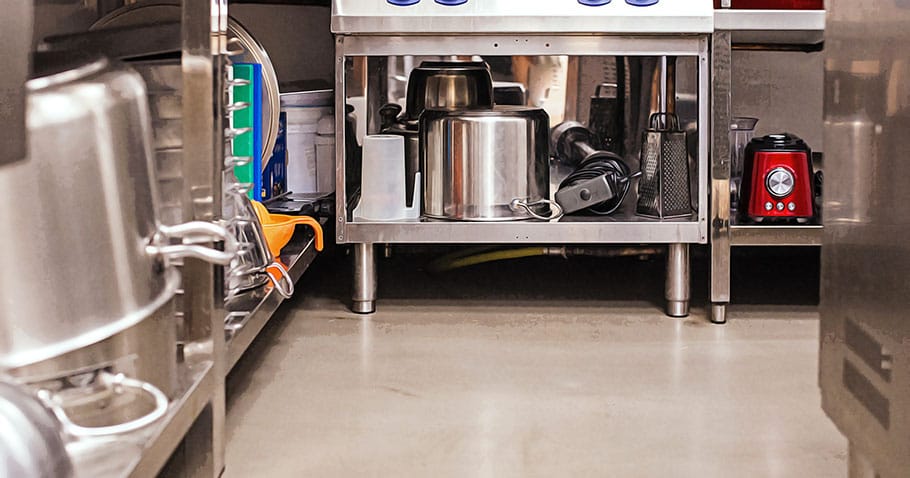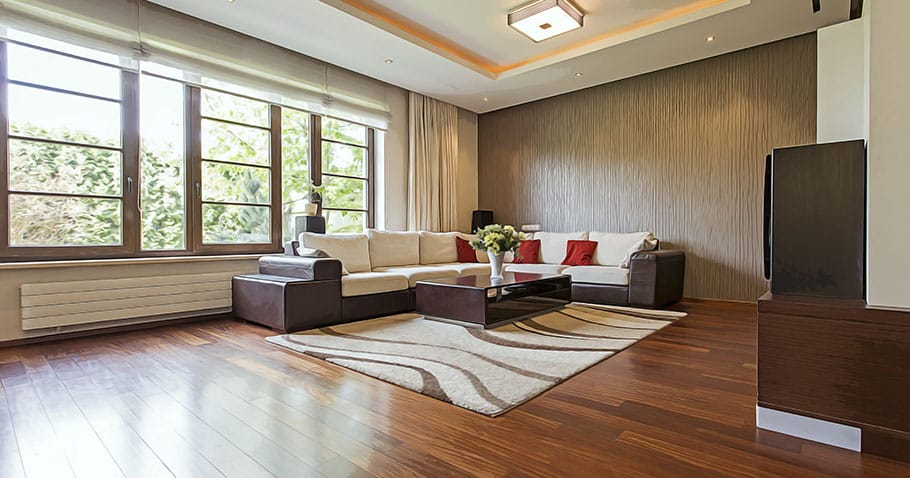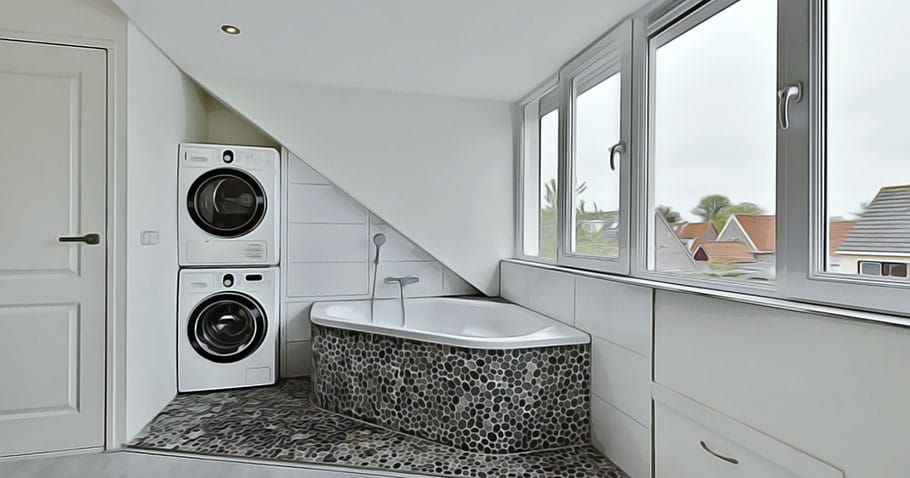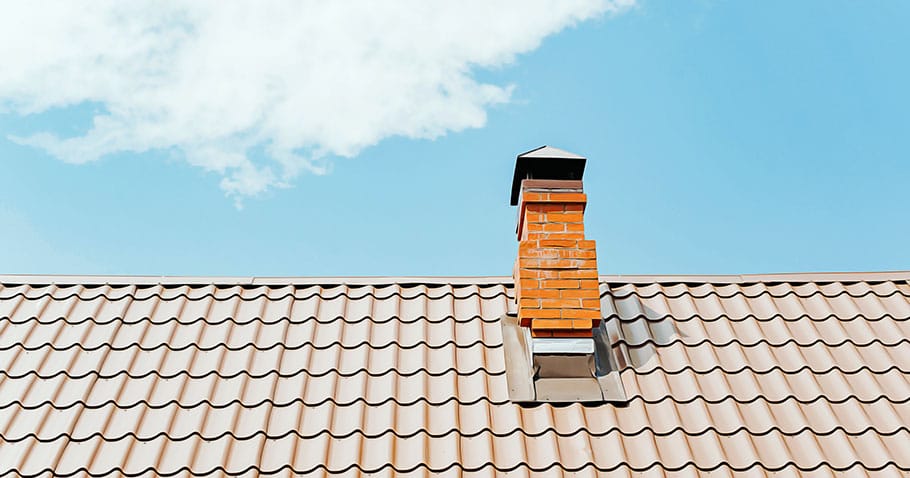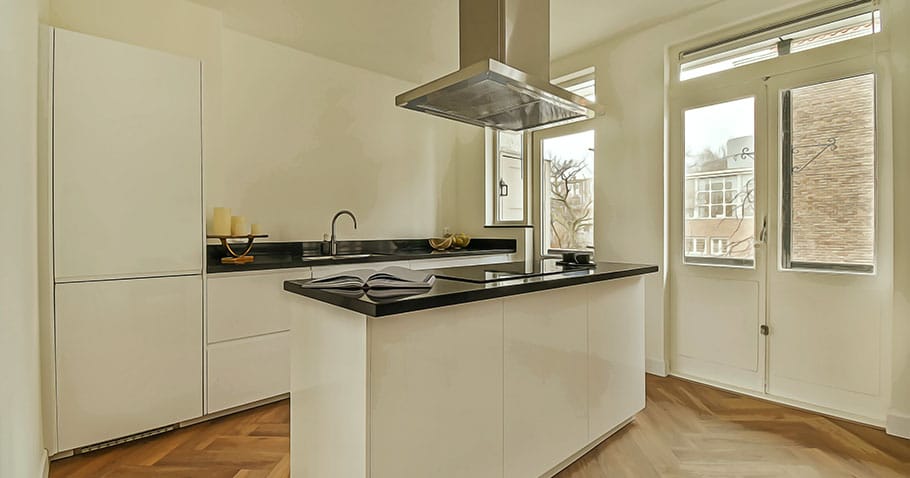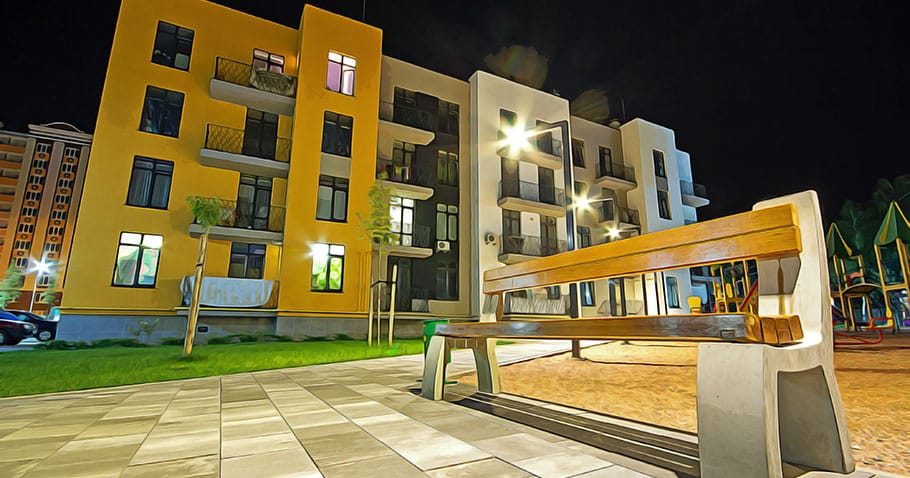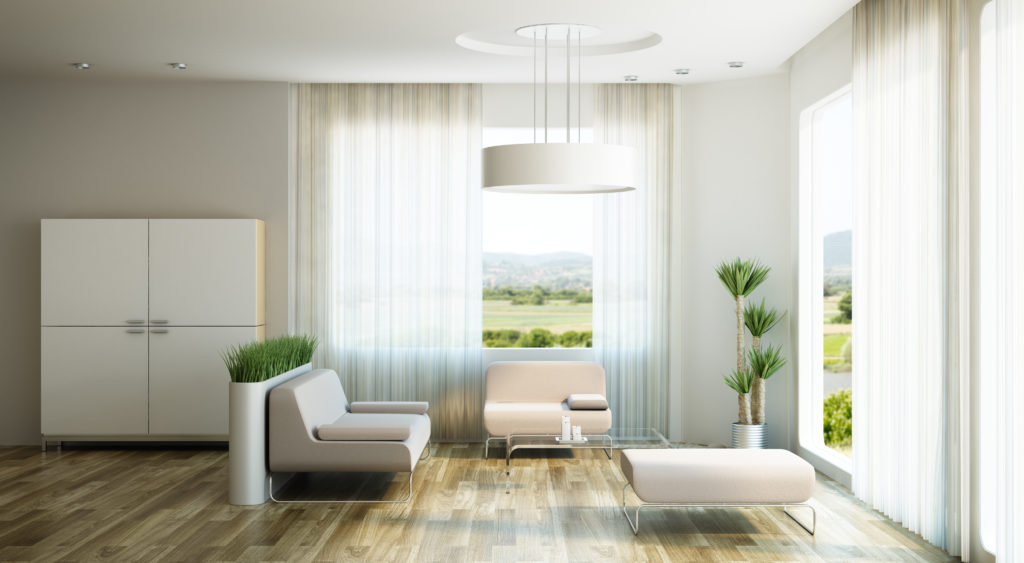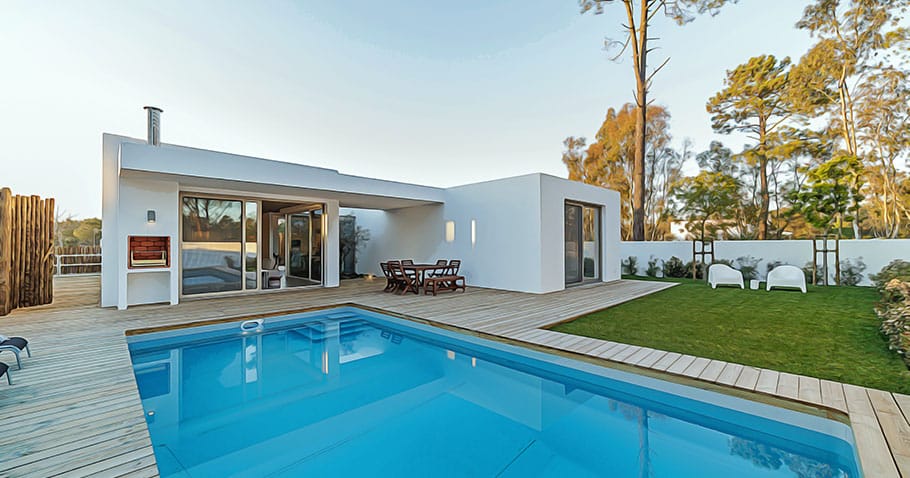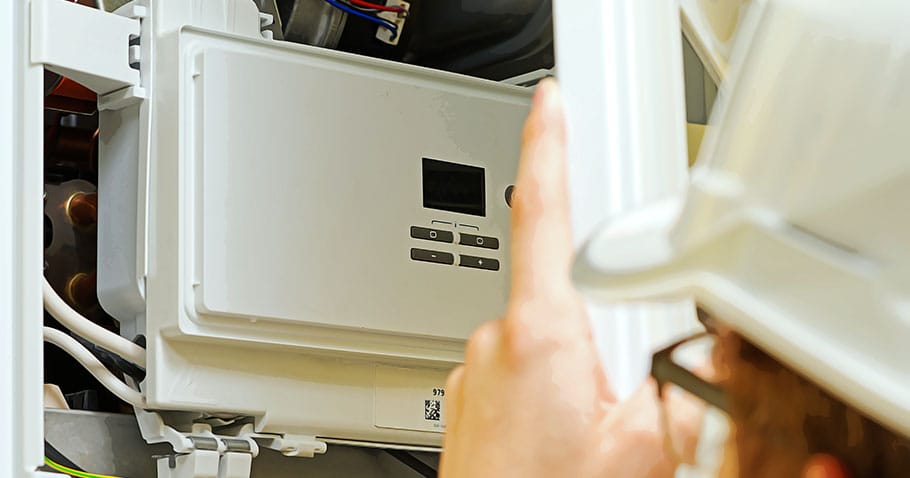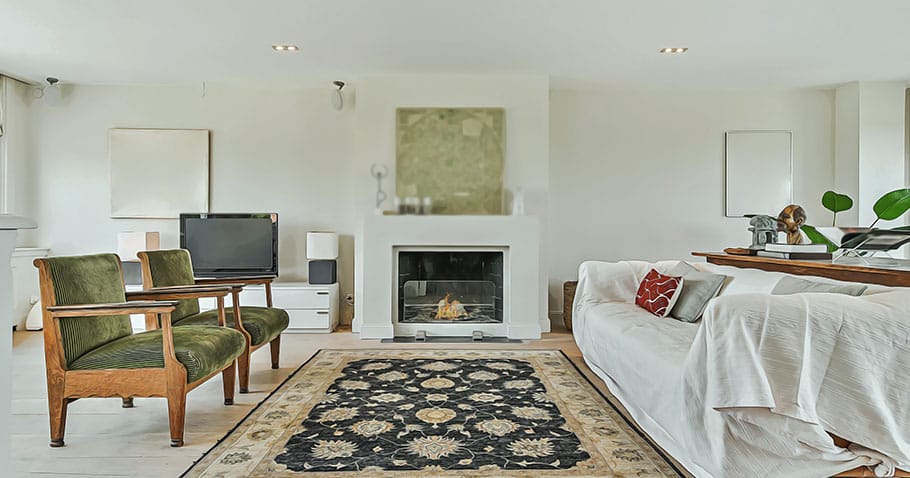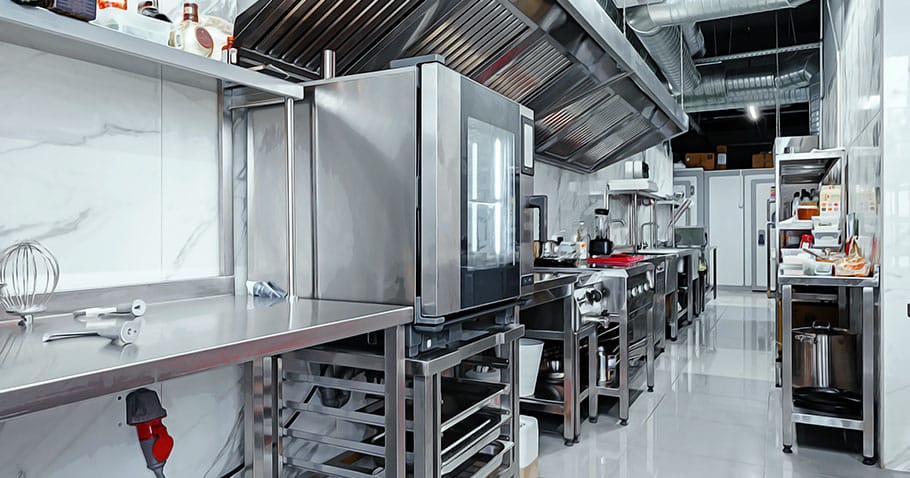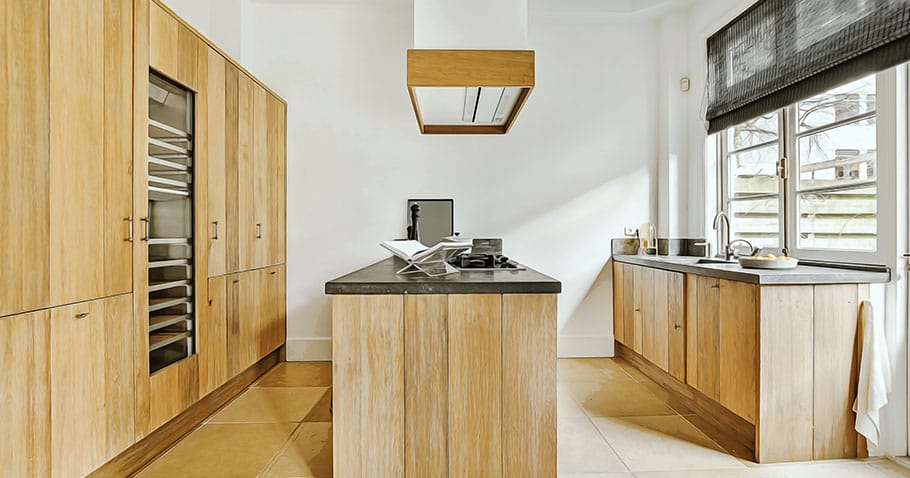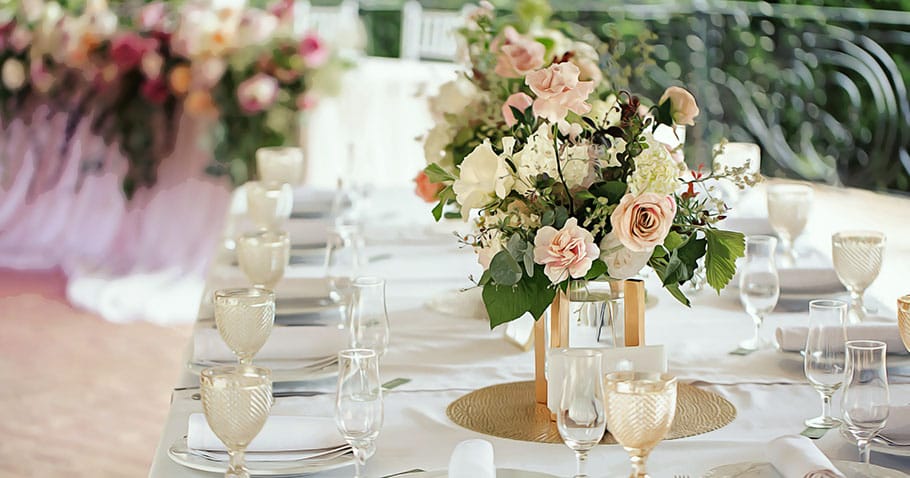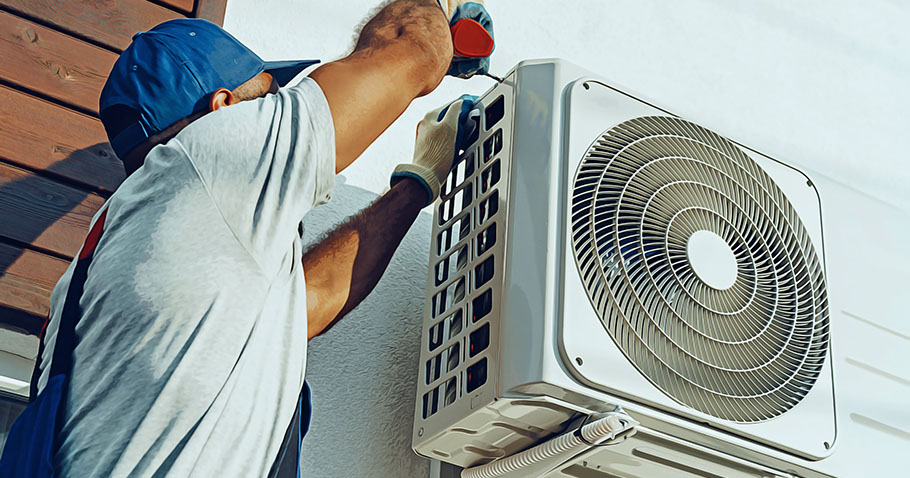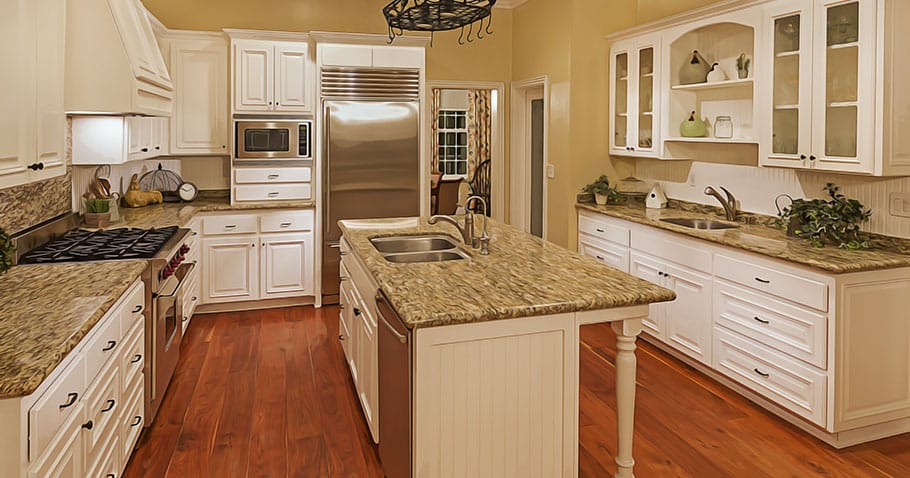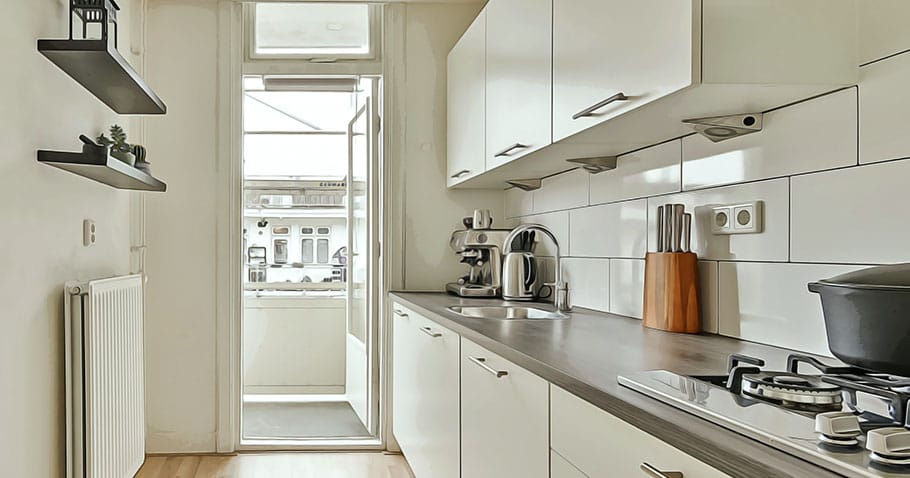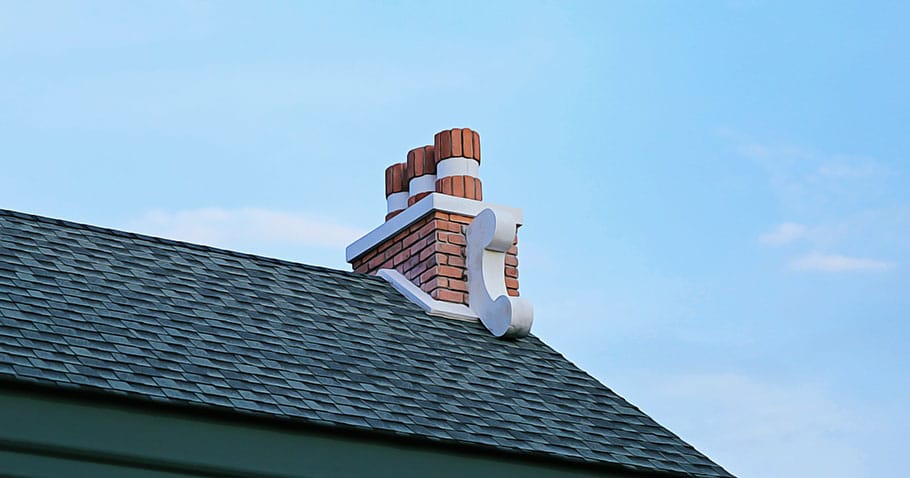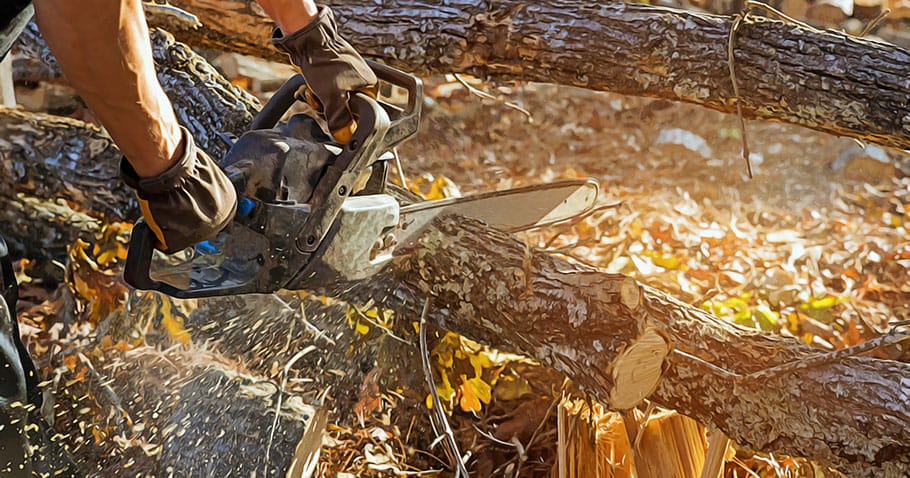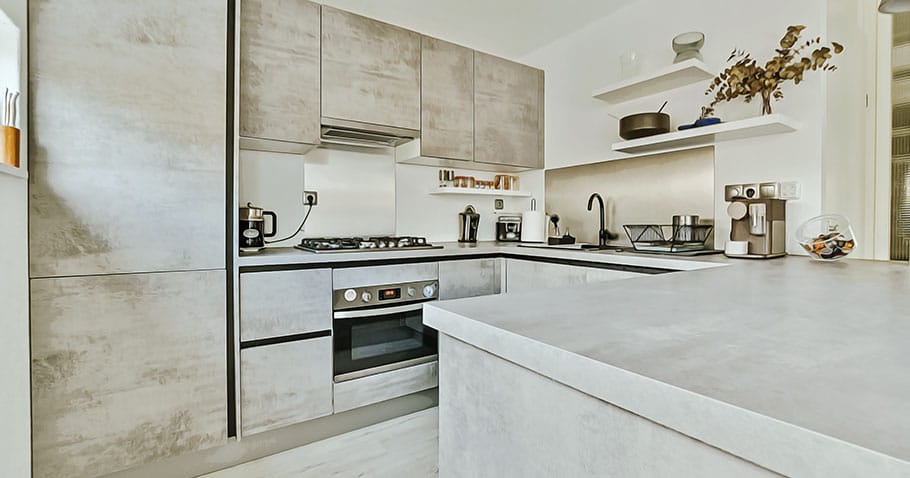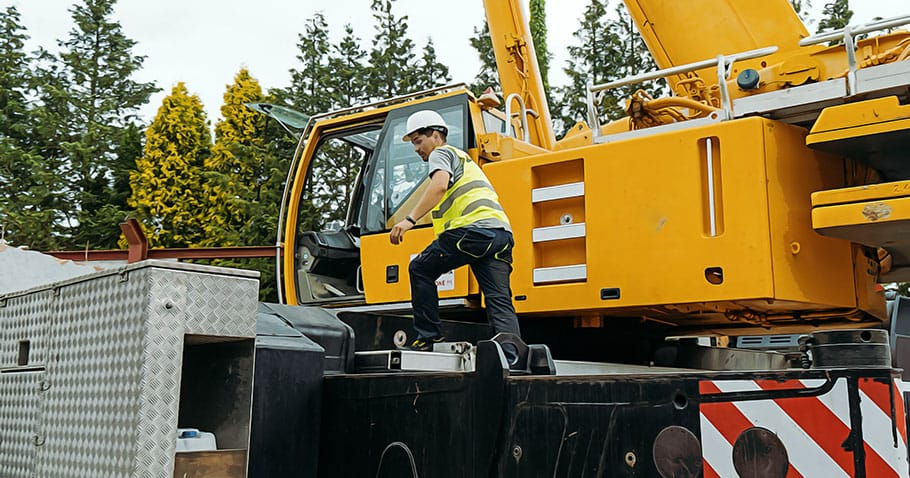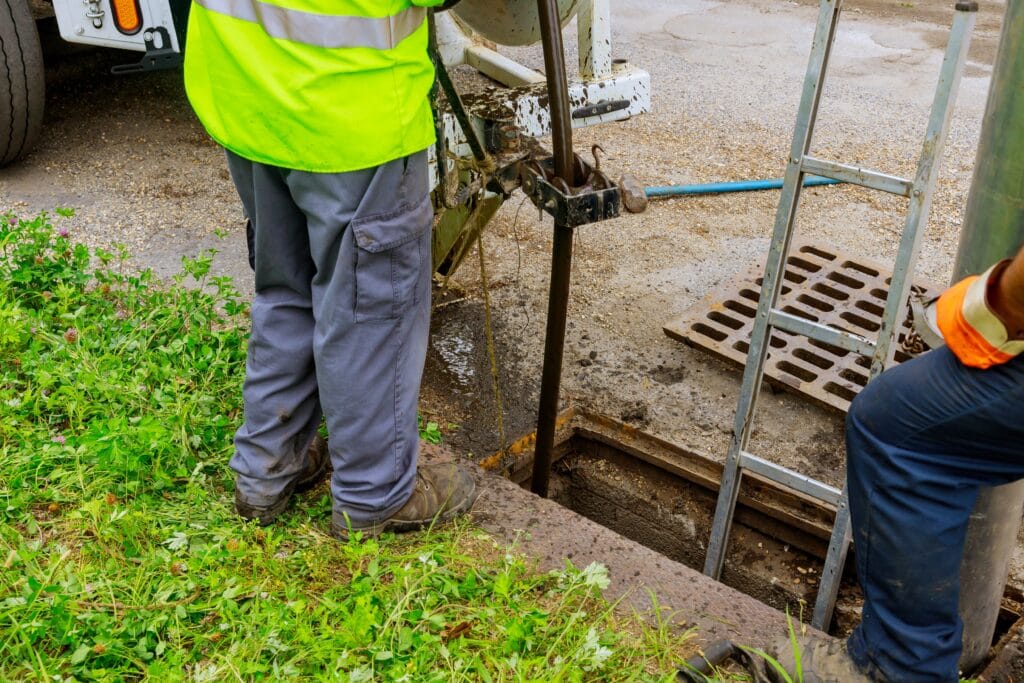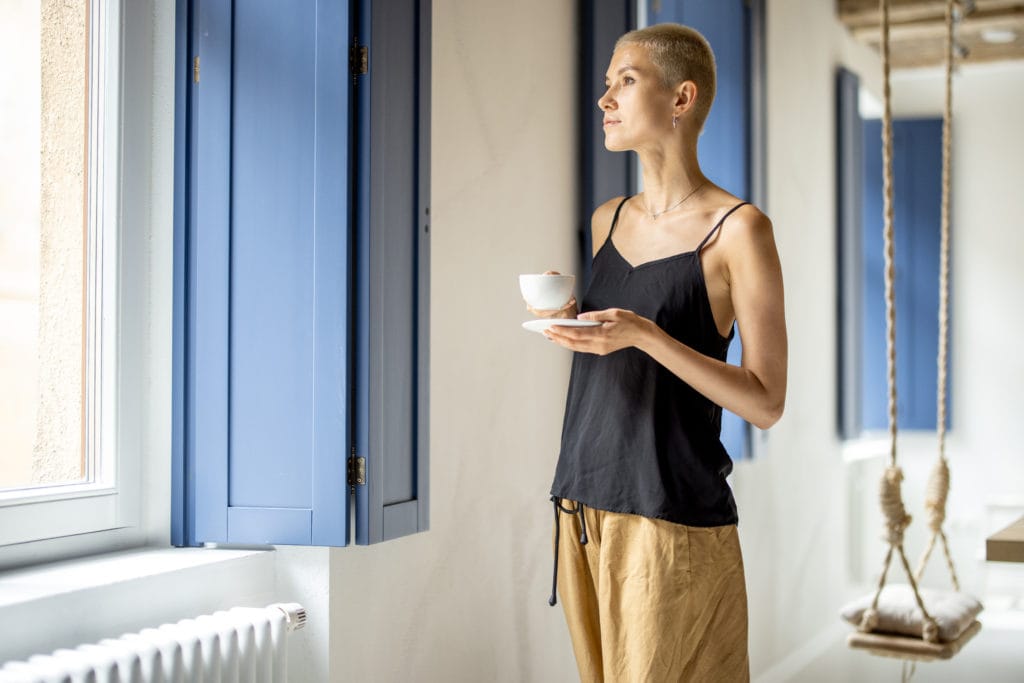Which patio material is the best for your home?
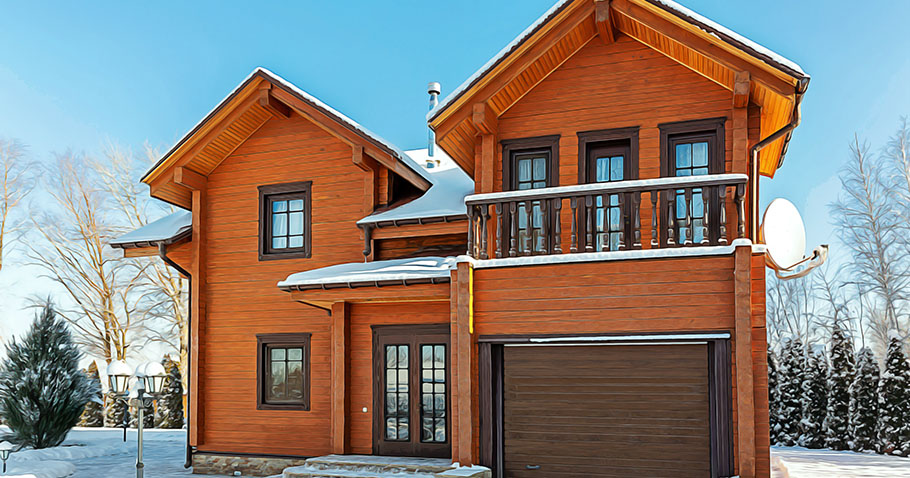
Many homeowners dream of an attractive outside environment, and a well-designed patio might be the ideal basis for your backyard hideaway. Selecting the correct material for a patio will be one of the most crucial choices you will make. Given the range of possibilities, one must take use and appearance into serious thought. Knowing the features of various patio materials will enable you to decide which patio contractor to use wisely.
The Value of Materials
Your patio’s look will be affected as well as its longevity, care requirements, and general cost by the materials you choose. Different materials have different benefits and disadvantages that could affect their fit within your outdoor vision. Choose the appropriate patio material based on elements including climate, intended use, and general home design.
Concrete
For good reason, concrete is among the most often used building materials for patios. It is rather modest in cost, flexible, and strong. Because concrete may be poured in many forms and sizes, design options are much expanded. To copy more costly materials like stone or brick, it can also be textured, stamped, or stained. For homeowners looking for a customized look without breaking the budget, this versatility makes it a great option.
Still, concrete has several drawbacks. In colder locations, if improperly sealed, it may break from freeze-thaw cycles. Furthermore prone to stains and prone to become slipper when wet is unsealed concrete. A concrete patio will look best only if regular maintenance including sealing and sporadic cleaning is done.
Paver
Another somewhat common option for building a patio is pavers. Pavers made from natural stone, brick, or concrete provide a special mix of strength and beauty. Their many forms, sizes, and colors let homeowners develop complex patterns and layouts. Pavers’ interlocking character also offers a strong surface capable of resisting high foot traffic.
Pavers have one major benefit: their simplicity of repair. Should a paver crack or get soiled, it can readily replaceable without upsetting the surrounding stones. Their practicality for hectic homes stems from this aspect. Paver installation can, on the negative side, be more expensive and labor-intensive than poured concrete. Furthermore, if neglected, weeds could develop between the joints and call for constant maintenance.
Natural stone
Natural stone patios—such as those fashioned from slate, granite, or flagstone—are prized for their exquisite beauty and originality. Every stone has different color, texture, and pattern, thus every patio is unique creation. Furthermore very durable, natural stone usually requires little care over several decades.
Natural stone appeals not only for its looks but also for its capacity to fit the surroundings exactly. But since real stone usually costs more than concrete or pavers, the initial outlay may be somewhat pricey. Installation can also be difficult and calls for trained staff to guarantee correct alignment and positioning.
Brick
The classic beauty of brick patios gives any outdoor area flair. Specifically, outdoor kitchen contractors Long Island advise brick patios. From traditional to modern, the warm tones of brick may accentuate many types of house design. For many locations, brick is a great choice since it is quite sturdy and can resist strong weather conditions.
Low maintenance needs of brick patios are one of their main advantages. Their color is less prone to fade with time and they do not require sealing like concrete. But if neglected, brick patios can grow weeds in the joints, much as pavers do. Furthermore, brick can be slippery when wet, thus you should take into account the position and moisture exposure of your patio.
Combinative Materials
Composite materials could be a great choice for house owners seeking a low-maintenance solution. Patios resistant to fade, staining, and mold can be produced from composite decking. Often composed of recycled plastic and wood fibers, these materials offer a sustainable substitute for more conventional building materials.
Composite materials have mostly two benefits: their durability and simplicity of cleaning. Composite materials unlike wood do not call for consistent staining or sealing. They might not have the same natural beauty, nevertheless, than stone or wood. Moreover, even if composite patios look great, their sturdiness may not be as strong as that of conventional materials.
Wood
Usually built from pressure-treated lumber or hardwood, wood patios give outdoor areas natural feel and warmth. Making a comfortable and inviting environment can benefit much from wood. Working with it is simple, and its many forms and sizes let for unique patterns.
Still, wood calls for greater upkeep than other materials. To guarantee lifetime, regular sealing, staining, and insect treatment are absolutely vital. Especially in moist environments, wood is also prone to warping and rotting. If you want a more durable choice yet enjoy the look of wood, think about adopting composite materials that look like wood without the maintenance.
Climate preferences
Your local climate should guide your choice of patio materials. For instance, while folks in hotter regions would gain from cooler surfaces, areas with plenty of rain could call for materials that drain well. Furthermore take into account the sunlight your patio will get since some materials could fade or get too hot for walking on on sunny days.
Budget and Maintenance
Another very important consideration in deciding the appropriate patio material for your house is your budget. Although some materials could be less expensive initially, over time constant maintenance and repair costs might mount up. Making a wise choice requires knowing the whole cost of ownership. Choosing more sturdy, low-maintenance materials could be the best option if you are not ready or able to commit to continuous maintenance.
Conclusion
Selecting the proper material for your patio calls for careful consideration. Every choice, from concrete to pavers to natural stone to brick, composite materials to wood, has special benefits and drawbacks. Examining elements such beauty, durability, climate, and upkeep helps you choose a material that not only improves the outside of your house but also fits your way of life.
A well-designed patio offers a lovely place for leisure and entertainment, therefore acting as an extension of your house. Spend some time seeing how each material you investigate will fit your house and yard. Your new patio can become a treasured feature of your outdoor experience for years to come with careful planning and consideration of excellent patio builders Long Island.


